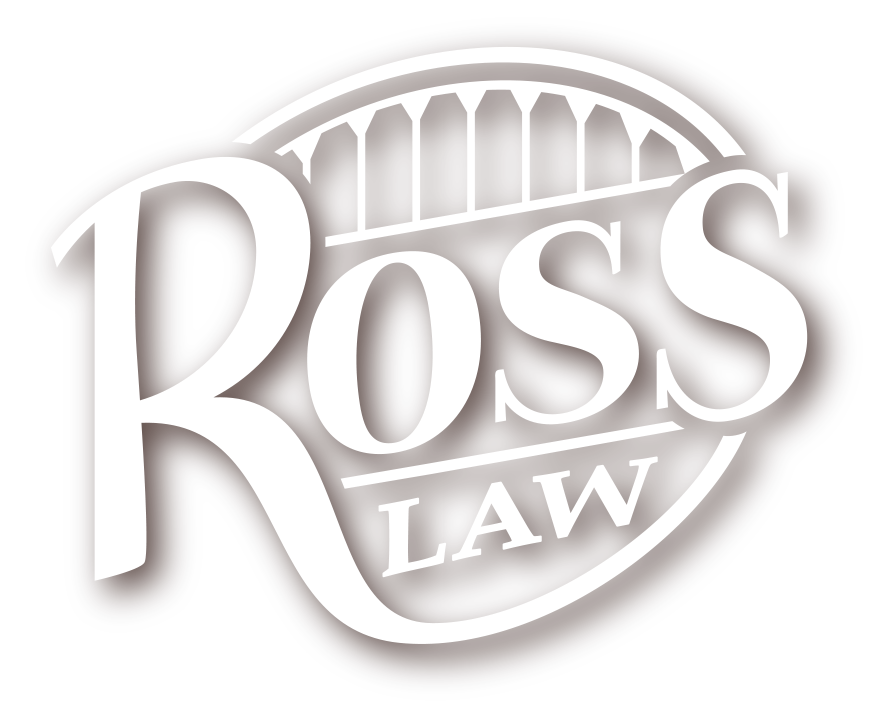I often get calls from people that buy a car with a material defect and try to return the car to the dealer. The dealer then informs the consumer they bought the car “As-Is.” The dealer will often note that the consumer signed an As-Is clause prior to the purchase of the car. This often deters consumers that may have a valid claim against the dealer. However, these As-Is clauses don’t always protect the dealer from liability. Below is a modified draft from a recent motion I filed in Court on the issue:
As a licensed Automobile dealer, XXX cannot use an “As Is” clause to engage in Unlawful Trade practices. XXXX advertised the car as 1) having keys, and 2) the costs of repairs were $0.00. Ross Dec. Ex. 4. The As-Is Clause noted on defendant’s Exhibit D relates to Mr. XX purchase of the car directly from dealer. Therefore, this transaction is no different than a consumer purchasing a vehicle at a local Oregon car dealership that falsely advertised a vehicle and failed to disclaim material defects.
As a result, dealer cannot disclaim its obligations under the UTPA (ORS 646.608) or Fraud. A similar issue was addressed in Hinds v. Paul’s Auto Werkstatt, Inc., 107 Or App 63 (1991), rev. den., 311 Or. 643, (1991)). In Hinds, seller defendant sold XXX a vehicle that had been in an accident, but had been repaired. Seller defendant claimed because it used a standard “buyer’s guide” with a standard “As-Is” clause it was protected from a UTPA claim for failure to disclose known material defects. The trial court found for the defendant, stating that the “clear intent” of the buyer’s guide “is to make certain that a buyer purchasing a used car ‘as is’ is aware of the full consequences of the agreement.” Id. at 65 n. 3. However, the Court of Appeals rejected this argument and reversed the trial court, stating because 16 CFR§455.2 “The FTC As-Is Rule” is silent as to “disclosure of known defects” the UTPA requirement that a seller disclose defects that it knew of or should have known of is not affected. Id. at 65.
In Parrott v. Carr Chevrolet, Inc. the defendant argued that it was protected by an “As-Is” clause and a broad interpretation of ORS 646.608(1)(t) would “effectively nullify” a car dealer’s ability to use an “As-Is” clause. Parrott v. Carr Chevrolet, Inc. 156 Or App 257, 270 n. 9 (1998), rev’d in part on other grounds,331 Or. 537, (2001). The court disagreed, stating that an “As-Is” clause “calls the buyer’s attention to the exclusion of warranties and makes plain there is no implied warranty” whereas “ORS 646.608(1)(t) addresses the failure to disclose known material defects.” Id.
Furthermore, the Oregon Attorney General has promulgated rules related to Unlawful Trade Practices for Oregon Vehicle Dealers. Two subsections of OAR 137-020-0020 (3) relate to Unlawful Trade Practices by vehicle dealers. The Rules note:
(o) Disclosure of Material Nonconformities and Defects — A dealer or broker shall disclose existing material nonconformities and defects about which the dealer or broker knows or negligently disregarded when the dealer or broker should have known, prior to sale or lease of a motor vehicle;
OFFICIAL COMMENTARY: Unless explicitly disclosed prior to a sale or lease, a motor vehicle that is offered for sale or lease to the public is represented, either directly or by implication, to be roadworthy when it is sold, to have an unbranded title and to have no undisclosed material defects. The dealer is in a superior position to inspect and determine the condition of a vehicle prior to marketing the vehicle. It is an easy matter, through a number of industry and internet sources, for a dealer or broker to review a vehicle’s title, damage and ownership history. The intent of this rule is to conform its applicability to the maximum extent permitted by ORS 646.608 and the holding in State ex rel. Redden v. Discount Fabrics, Inc., 289 Or 375, 615 P2d 1034 (1980): “Under the terms [of the Unlawful Trade Practices Act] a defendant is liable for misrepresentations made negligently, without evidence that it was attended by either conscious ignorance or reckless indifference to its truth or falsity, whereas evidence that a misrepresentation was made negligently is insufficient in an action for common law fraud. In other words, the term ‘willful,’ as defined by (646.608), requires no more than proof of ordinary negligence by a defendant in not knowing, when it should have known, that a representation made by him was not true.” ORS 646.608 (2) states: “A representation under subsection (1) of this section or ORS 646.607 may be any manifestation of any assertion by words or conduct, including, but not limited to, a failure to disclose a fact.”
This rule does not change the existing laws regarding warranties on used vehicles nor does it place any new requirements on dealers or brokers. Dealers and brokers should understand, however, that simply because they comply with the FTC “As-Is” rule it does not relieve them of their obligation to disclose material defects they knew or should have known about. A dealer is not required to guarantee, warrant or represent that a used vehicle will not have any mechanical problems or undetected material defects once the vehicle is sold. Further, a dealer need not create an exhaustive list of every ding, paint scratch, fabric tear or discoloration clearly visible upon inspection by an average consumer. Examples of negligent disregard of some things that should put a dealer on notice and trigger its duty to disclose might include, but is not limited to, a large pool of oil or antifreeze under the vehicle, dark colored smoke coming from an exhaust pipe, water stains on carpet or doors, a different color paint than the body under the hood or in the trunk or tires that are worn very unevenly.
(p) False or Unsubstantiated Representations — A dealer or broker may not make a misrepresentation or a false or incomplete statement of fact in conjunction with the sale or lease of a motor vehicle, or any other representation or statement which the dealer or broker does not have sufficient information upon which a reasonable belief in the truth of the representation could be based;
OAR 137-020-0020 (3) (o) (p) emphasis added
Here, XXX is a licensed Oregon Dealership. Dealer advertised a vehicle with keys and $0.00 damages and sold plaintiff a car without keys and with roughly $40,000.00 in undisclosed damage. As noted in the Hinds, Parrott, and OAR 137-020-0020 (3) (o) and (p), this type of conduct is expressly prohibited by the Unlawful Trade Practices Act and is not precluded by other statutes. To hold otherwise, would allow every used car dealer, or merchant, to flagrantly violate the UTPA and hide behind an “As Is” clause. As a result, there is a material issue of fact relating to whether or not this “As Is” clause shields dealer from UTPA liability.





